Hello Regina, now I know that everyone who reads this blog is a bonafide intellectual and would never ever need anything dumbed down for them. But lets just say for the sake of argument that there is one lost soul who stumbled upon this website and isn’t as up-to-date on all the plumbing and heating happenings as you or I are. Today’s post is going to be about efficiency and what it means when a plumber talks about it.
Efficiency, generally speaking, means accomplishing a task using the least amount of wasted energy.
In my examples energy will be represented as natural gas or propane, and our task will be heating a home. Furnace efficiency ratings are commonly expressed as AFUE (Annual Fuel Utilization Efficiency). This rating will express what percentage of energy is used for actually heating the home vs. how much will be wasted. For example if a furnace had a AFUE rating of 80%, your furnace is using 80% of the energy to raise the indoor temperature while the remaining 20% is lost as exhaust. Financially that means for every $1 you spend on your heating, 20 cents is essentially wasted.
This is also taking into account your furnace is working to it’s best performance. There are plenty of furnaces in Regina that have been hidden away by their owners and denied proper maintenance. Blower motors packed with dirt, hair and who knows what else cannot operate properly and will cause you to run your furnace longer, which in turn costs you $$$. An 80% efficient furnace from 2000 will likely be closer to 70% or lower depending on how much it has been cared for. And for all you holdouts out there who vehemently argue that your 30+ year old furnace is just as good as any new one, your likely anywhere in the range 50%-60%. But money is not the sole reason a homeowner should be thinking about efficiency. The older the furnace, the more carbon being produced and released into the atmosphere.
Anyone in the market for replacing their furnace will be looking at what is considered high efficient. This means anything 90% or higher. What achieves that high rating is the inclusion of the secondary heat exchanger. Basically the secondary heat exchanger recaptures and extracts heat that would normally be lost in the exhaust of a mid or low efficient furnace.
To sum it all up, the higher the efficiency rating the more money stays in your pocket. I hope this little blog helped. Later this week I’m hoping to have some time to explain single-stage, two-stage, and modulating furnaces.
See ya soon!


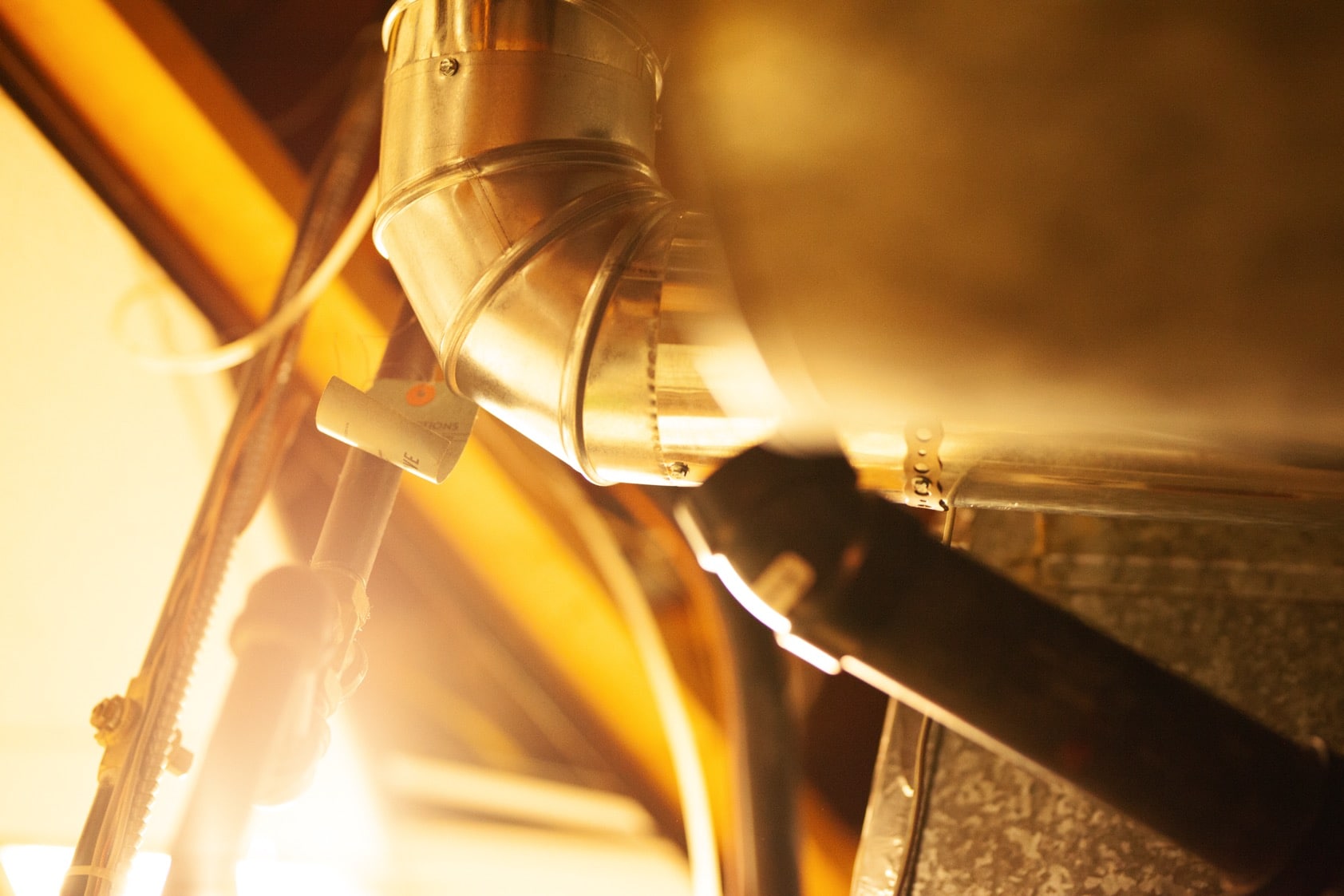

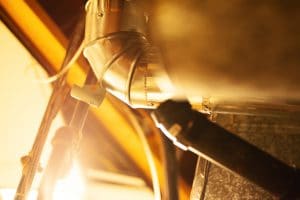


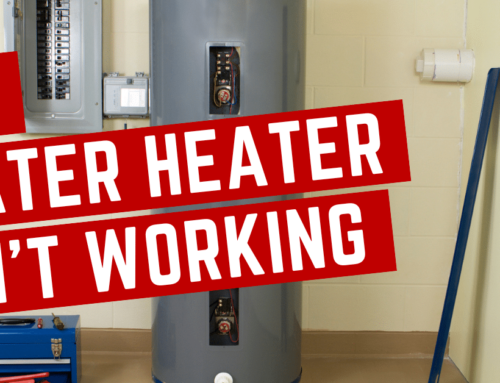
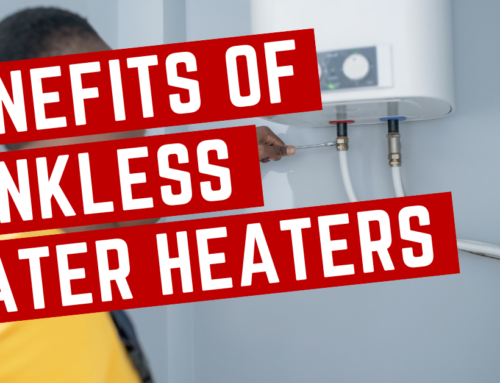
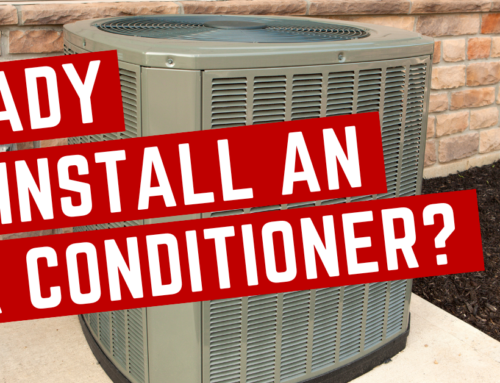
Leave A Comment